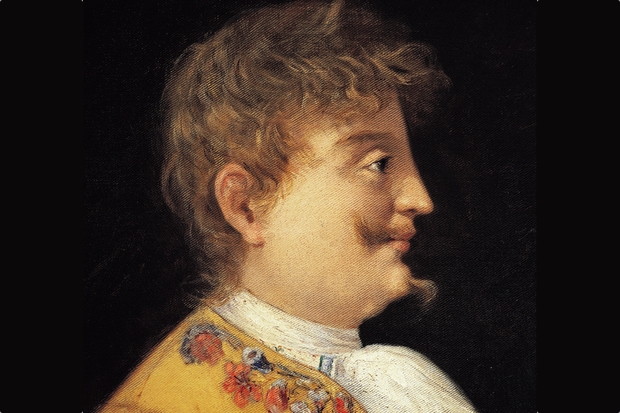The allure of Carlo Gesualdo, eighth Count of Conza and third Prince of Venosa, has been felt by music-lovers from the humblest madrigal singer to the likes of Stravinsky, Boulez and Werner Herzog. Now, just three years after celebrating the 400th anniversary of his death in 1613, his birth in 1566 gives us a second chance to remind ourselves of that heady mix of murder and chromaticism that so famously characterises his life and work.
For most classical composers the music is the way into the biography. Beethoven’s deafness becomes interesting once one has got to know the Missa Solemnis. Enquiry into the circumstances that surrounded Mozart’s death begins with hearing the Requiem. But when it comes to Gesualdo the biography takes over, and for many people the only interesting thing about the music is that it exists. The idea of an aristocrat murdering his wife in flagrante has proved irresistible, and only very secondarily do people ask how such behaviour may have been turned to creative ends. And when they do listen to the music, they very quickly find exactly what they expect: tortured, dissonant, disjointed (no pun intended) writing which obviously shows a psychopath at work.
It is easy to see why Gesualdo, artist and man, has had such a strong pull. Murder is always a good starting-point for fame; but for the murderer to get clean away with his crime because his elevated social status protected him, and then to write music about it, is a publicist’s dream. Since it is unlikely that such a story has been passed down accurately, what do we know of the truth of it?
The rumour mill had begun even before the event, which may not have involved Gesualdo himself killing anyone, only ordering his servants to do it.








Comments
Join the debate for just £1 a month
Be part of the conversation with other Spectator readers by getting your first three months for £3.
UNLOCK ACCESS Just £1 a monthAlready a subscriber? Log in